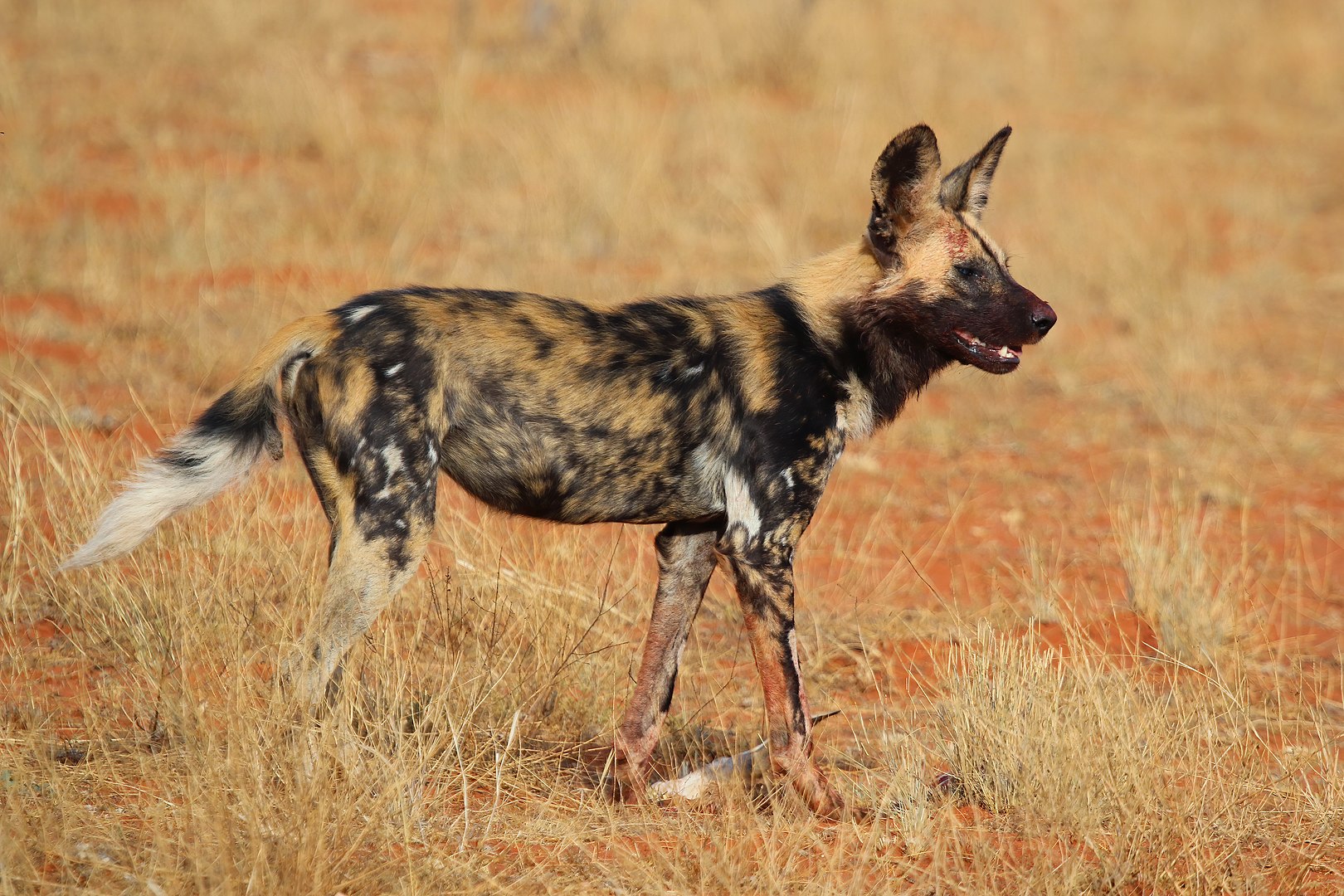In Ursula le Guin’s short story She Unnames Them, the narrator, Eve, offers the world’s animals the freedom to return the names they were given in the beginning. In the original Biblical myth, naming is the creative act by a creator whose name can’t be pronounced. In Le Guin’s story, millennia have gone by and the names used by humans for other living things have become a bind – not for the creatures themselves, but for the people who take their names for granted. Once unnamed, a barrier has been lifted and new relationships are possible.
“None were left now to unname, and yet how close I felt to them when I saw one of them swim or fly or trot or crawl across my way or over my skin, or stalk me in the night, or go along beside me for a while in the day.”
In the end, Eve gives her own name back to Adam in a gentle divorce, and the story ends with the possibility of other words: “as slow, as new, as single, as tentative as the steps I took going down the path away from the house.”
In a short talk at the Future Natures gathering in July 2022, Rosa Deen reflected on the story and explored a specific example of unnaming and renaming: the case of ‘wild dogs’ in South Africa, also known as the ‘painted wolf’. Boundaries between the wild and the human are intensified by the enclosures of nature reserves. As Rosa explains in the video, the familiar sense of ‘conflict’ between humans and wildlife is being considered alongside the notion of ‘coexistence’. Renaming wild dogs might be a way to value them differently.
We live in a world, in worlds, where people have found many different ways of naming the other creatures around them. She Unnames Them challenges the impulse to take names for granted, or to name and identify without care – inviting us to look beyond names and classifications to a more intimate, sensory, relational experience of other life. It asks to find other ways of speaking about, and to, and with, other creatures.
It’s not the only story where Ursula Le Guin has explored the relationships between the names of things and power. In A Wizard of Earthsea, the boy Sparrowhawk finds he can command creatures by speaking their true names, and people only tell their real names to a close friend: in Earthsea, there is something about a name that is bound up with the essence of a thing.
In The Word for World is Forest, Le Guin experiments with word associations, on a planet where the words for ‘root’ and ‘dream’ are identical, and there is no distinction between the forest and the world. In the story, a colonising force has set to work on cutting and converting the forest into something sellable and subjugating its inhabitants. In the process, the invaders rename everything and everyone they see. They’re a clear echo of the settlers on Earth who have renamed places and people by force to create new associations and new identities in their own image.
Driven by theologies of dominion, and more secular urges to control and capture wealth, settlements, islands, lakes, forests and countries are renamed and reshaped after the empire builders: Columbus, Cook, Victoria, Rhodes. “Gravestones tell truth scarce forty years”[i]: could the fear of death and being forgotten have pulled them even more strongly?
Unnaming places and finding new names has been an important strategy for movements for independence or seeking to reclaim space – sometimes out of a desire to build something new, to lay claim to a place with its own history, or to resacralise what’s been desecrated. The present backlash against unnaming, the outrage at the removal of statues or the renaming of scholarships or institutions, hints at another meaning of the word ‘name’: the love of fame and reputation and the fear of loss and oblivion.
Along with outbreaks of mapping and naming comes an obsession with collections, categories and taxonomies. Scientific names and categories for living things seem to sit above our everyday interactions with them. The idea of hierarchies and classes for animals and plants is an ancient one, and taxonomies can be useful tools for thinking about certain kinds of relationships between creatures and understanding how they vary. But they can also create artificial boundaries, or tempt people to feel more certain than they should about their understanding of nature. Natural histories and assumed relationships are challenged again and again, even within formal science, let alone outside it in the world of everyday experience.
In She Unnames Them, creatures are relieved of their names. But which ones? Discovering the many already-existing and diverse names for animals, plants, foods, places or weathers can show how different communities understand them in different ways. Local terms and distinctive names connect the commons of languages and dialects to the commons of places and environments. Recognising this, we might look again for lost or particular words for the material of the earth – chucky, clitter, fedspar, pipkrares, shuckle, muxy rout, slunk – each one a jewel polished by experience and common use. If names can point towards particular cultures and communal experiences, how can we be more careful and respectful about names and naming, and what else might need to be unnamed?
Banner image: African wild dog (Lycaon pictus pictus) in South-Africa, by Charles J. Sharp (cc by-sa 4.0)
